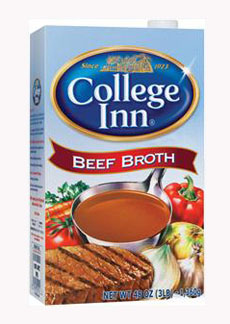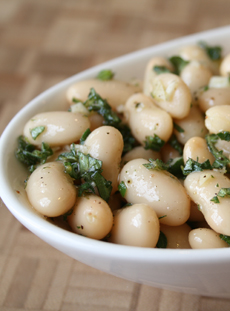PASTA DID NOT ORIGINATE IN ITALY
Marco Polo is credited with bringing “pillow pasta” to Italy—the stuffed, fried dumplings of China that evolved into Italian ravioli. The Chinese also made noodles for soup. But credit for the invention of boiled pasta is given to the Arabs. Traders from Arabia packed dried pasta on long journeys over the famed Silk Road to China. It didn’t spoil and could be easily cooked over a fire.
According to culinary historians, the Arabs first adapted Chinese noodles noodles for long journeys in the 5th century, the first written record of dry pasta. Durum wheat (semolina) was introduced by Libyan Arabs during their conquest of Sicily in the late 7th century and 8th century (source: Wikipedia). So it’s ironic that Italy, not Arabia, became the world’s pasta capital—and that pasta faded out of favor in the Arab world.
With the Plethora Of Pasta Permutations chart, you can decorate your wall with 250 varieties of pasta, from obscure variations found only in hilltop villages in Italy to those stocked on supermarket shelves around the world.
Each 24″ x 36″ poster is signed and numbered by the artists, from an edition of 500. The unframed poster is $26, with framing options available, at PopChartLab.com.
Or, you can see all the different pasta types in our Pasta Glossary for free!
*Superior qualities of flour, different minerals in the local waters, and different artisan techniques can make the flavors of fine pasta noticeably better from mass-marketed varieties.
†According to the Encyclopedia of Pasta by Zanini De Vita, Oretta, University of California Press.
‡At the start of the 14th century, Italy was a patchwork of independent towns and small principalities whose borders were drawn and redrawn by battles, diplomatic negotiations and marriage alliances. During the 14th and 15th centuries, many of these petty principalities consolidated into five major political units that precariously balanced power on the Italian peninsula: the kingdoms of Naples and Sicily, the Papal States and the three major city-states of Florence, Venice and Milan. The other minor city-states which co-existed with these larger powers made political stability in Italy even more tenuous as their loyalties shifted from one main force to another. The most powerful were Ferrara, Florence, Genoa, Mantua, Milan, Pisa, Siena, Verona and Venice. (Source: University of Calgary)
|






